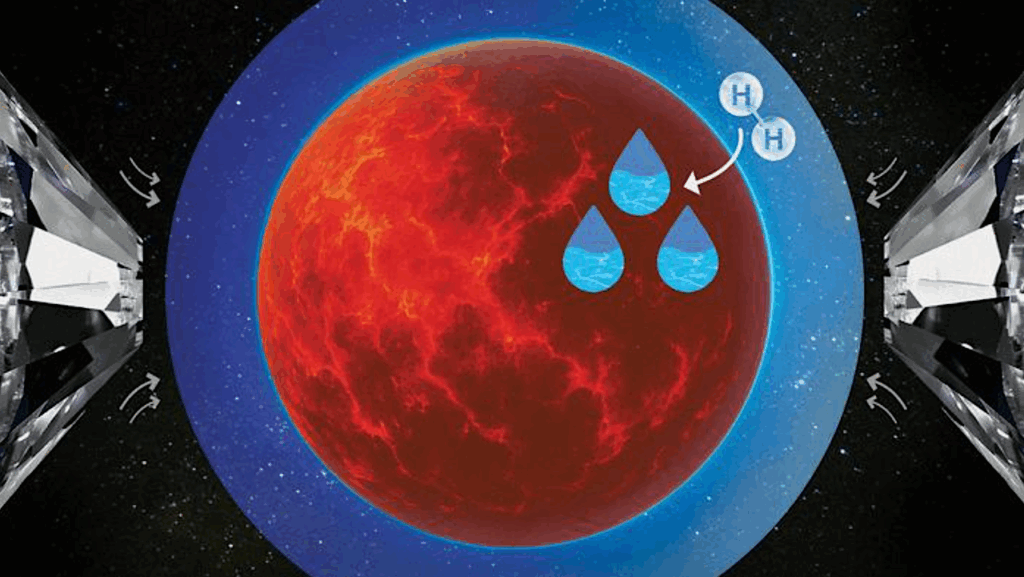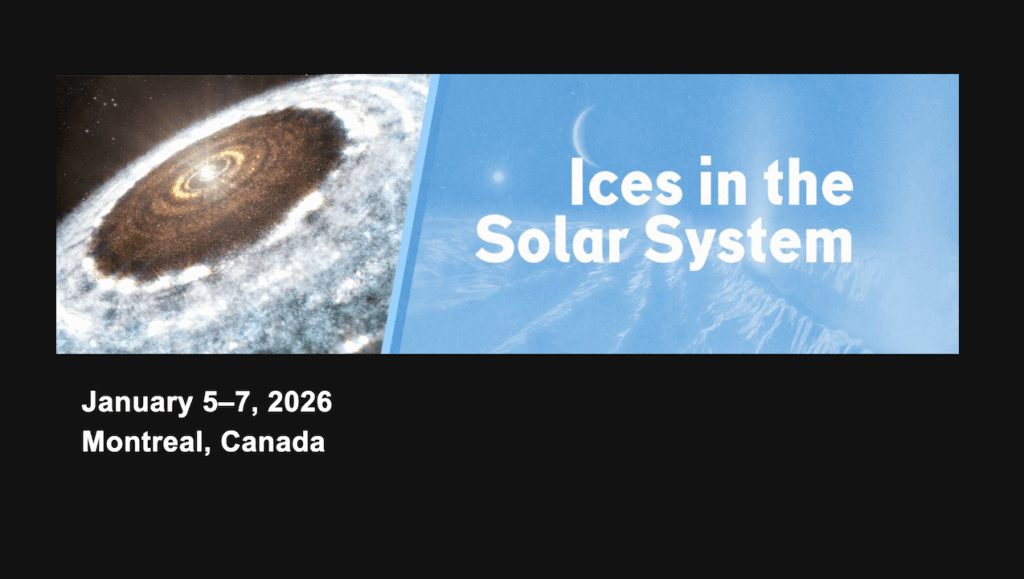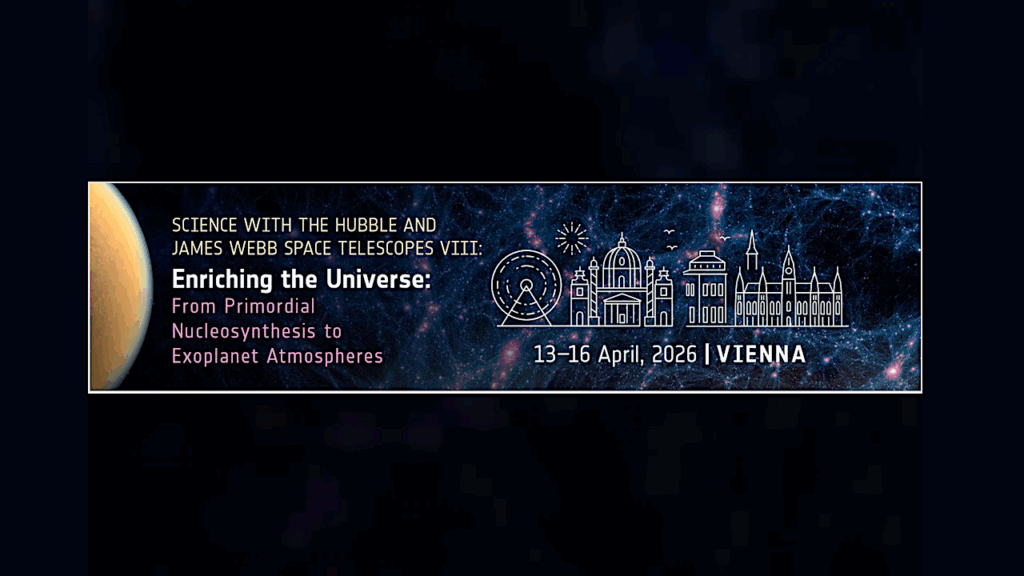Implications For The Formation Of Oort Cloud-like Structures And Interstellar Comets In Dense Environments

Most stars form in dense stellar environments, where frequent close encounters can strongly perturb and reshape the early architecture of planetary systems.
The solar system, with its rich population of distant comets, provides a natural laboratory to study these processes. We perform detailed numerical simulations using the LonelyPlanets framework that combines NBODY6++GPU and REBOUND, to explore the evolution of debris disks around solar system analogues embedded in stellar clusters. Two initial configurations are considered, an Extended and a Compact model, each containing four giant planets and either an extended or compact debris disk.
We find that compact disks primarily form Kuiper belt and scattered disk-like populations through planet-disk interactions, while extended disks are more strongly shaped by stellar encounters, producing Oort cloud-like structures and interstellar comets with ejection velocities of 1-3 km/s. Stellar perturbations are most effective for encounter inclinations between 0∘ and 30∘∘, giving rise to distinct dynamical populations, like Sednoids, and inner Oort cloud analogues, and a characteristic tail in semi-major axis-eccentricity space.
In coplanar encounters, the disk remains largely flattened, whereas polar flybys redistribute angular momentum vertically, producing nearly isotropic outer populations that resemble an emerging Oort cloud.
Our results suggest that cometary reservoirs and interstellar objects are natural byproducts of planet-disk interactions and stellar flybys in dense clusters, linking the architecture of outer planetary systems to their birth environments.
Santiago Torres
Comments: 19 pages, 15 figures. Under review at A&A
Subjects: Earth and Planetary Astrophysics (astro-ph.EP); Astrophysics of Galaxies (astro-ph.GA); Solar and Stellar Astrophysics (astro-ph.SR)
Cite as: arXiv:2510.23653 [astro-ph.EP] (or arXiv:2510.23653v1 [astro-ph.EP] for this version)
https://doi.org/10.48550/arXiv.2510.23653
Focus to learn more
Submission history
From: Santiago Torres
[v1] Sat, 25 Oct 2025 16:49:32 UTC (8,713 KB)
https://arxiv.org/abs/2510.23653
Astrobiology, Astrochemistry, Astrogeology,








